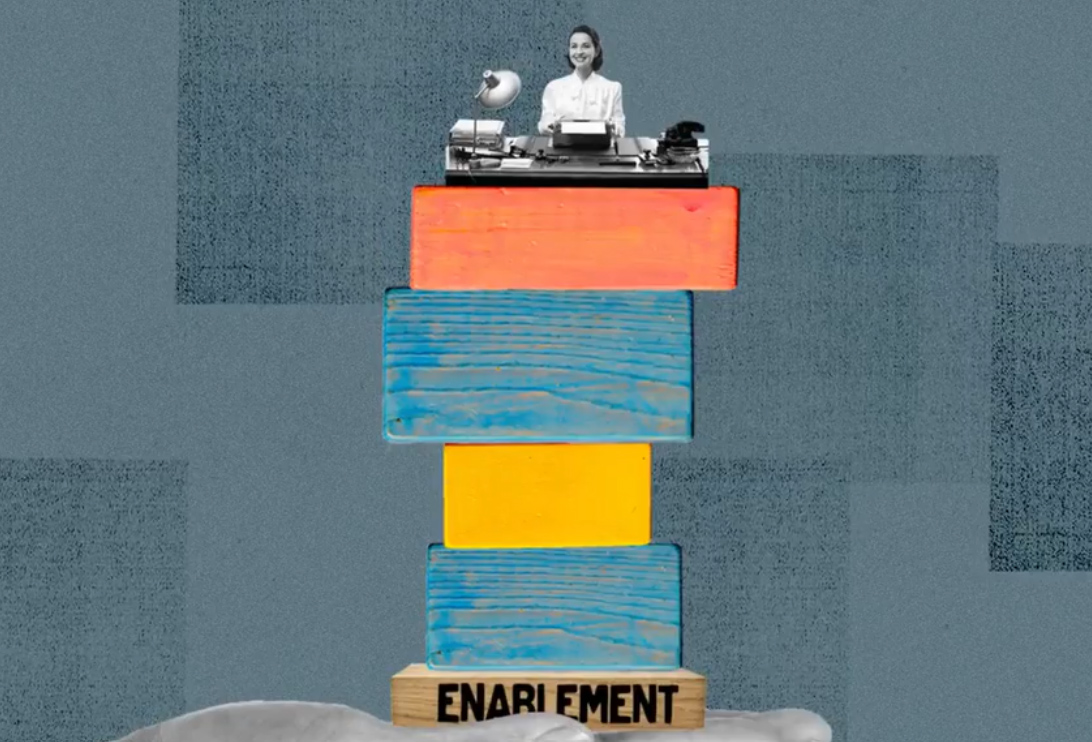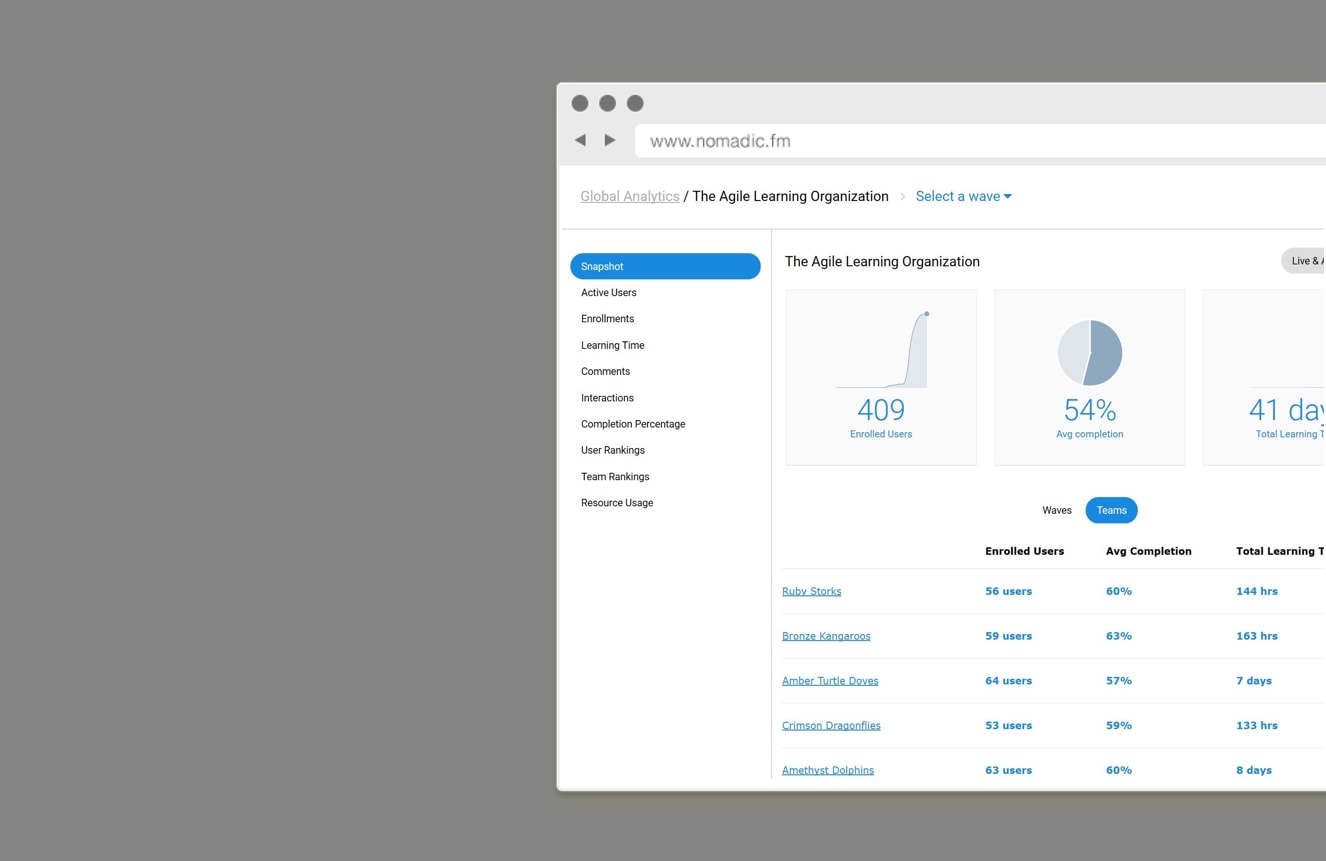How we Adapt the Nomadic Academy to Meet Rapidly Changing Needs

In times of great uncertainty, it's critical that learning can adapt quickly to address new challenges facing managers and leaders

When we create anything, one of the very first things we need to think about is the form of the thing we’re creating. The form or medium matters. Writing an email is different from writing a text message, just as writing a screenplay is different from writing a novel: there are different rules and expectations of each form. To do it well, we need to adapt our ideas so they work best inside the norms of that medium.
In the below extract from the Management in the Moment Program, we look at how we have to adapt our communication and management to the forms of an all-digital workplace.
It can be tempting to take all of the rules and norms we have in the physical workplace and transfer them over to the seemingly correlated forms of the digital workplace. Meetings and presentations become video calls. Daily stand-ups become video calls. One-on-one brainstorm sessions become...video calls.
Does this pattern sound familiar? Don’t worry: it’s happening to nearly everyone. The problem is that we’re looking for the quick fix, looking only at the surface of what needs adapting.
To be a truly effective communicator and manager amidst the dual challenge of a newly remote team and a global crisis, we can’t just think about form. We have to think about style. We have to rise up and become extra cognizant of how we’re communicating and what role we’re playing each time we communicate with our team.
Sometimes, we’ll need to be the starter of conversations or the presenter of information, and sometimes we’ll need to just ask a question and drop back to allow our team to find an answer together. Sometimes we’ll need to be the empathetic listener and sometimes we’ll need to gently hold the line and make sure work gets done. Sometimes we’ll need to actively manage the power dynamics in our team and make sure the quietest voice doesn’t get drowned out. Other times, we’ll need to let conflict play out and step in to mediate when it’s time. And, sometimes we will need to be direct and transparent without creating fear or anxiety. When and how we use each of these communication styles is dynamic: it will change depending on the day, the personalities involved, and even the stage of the crisis we’re in.
But we’re not starting from scratch. We know our employees, we understand their personalities and quirks. We know how they communicate best and what kinds of situations make them clam up. And we know how to read the signals that tell us what is and isn’t working in the communication; we just have to learn to watch for them in a digital context. This deep well of knowledge can give us the ability to brilliantly conduct this orchestra of communication under these challenging circumstances.
Want to dive deeper? Find out how your team can learn together in the Nomadic Academy.

In times of great uncertainty, it's critical that learning can adapt quickly to address new challenges facing managers and leaders

It's time to give people the space, tools, and trust they need to thrive.

The Nomadic Academy platform provides access to qualitative and quantitative analytics not found on any other platform in the market.